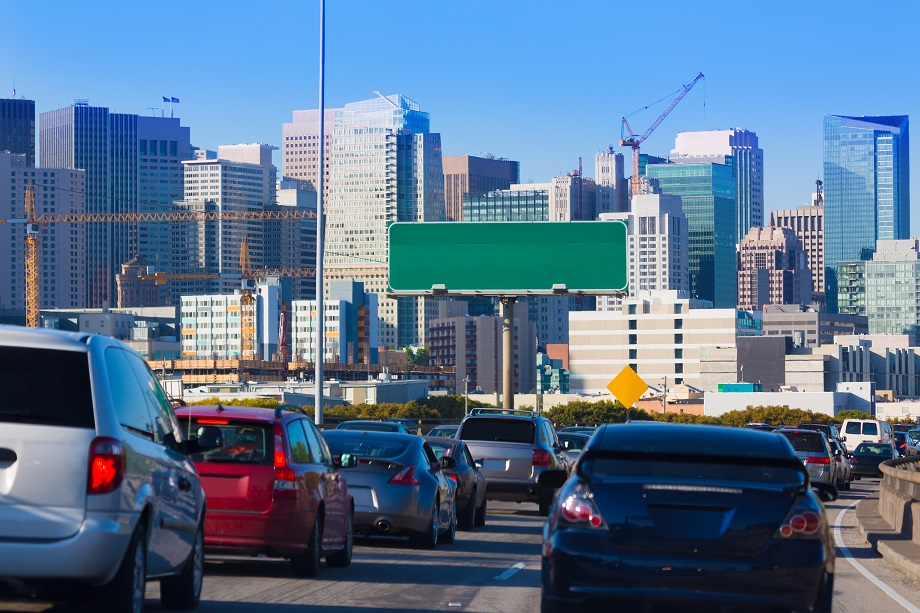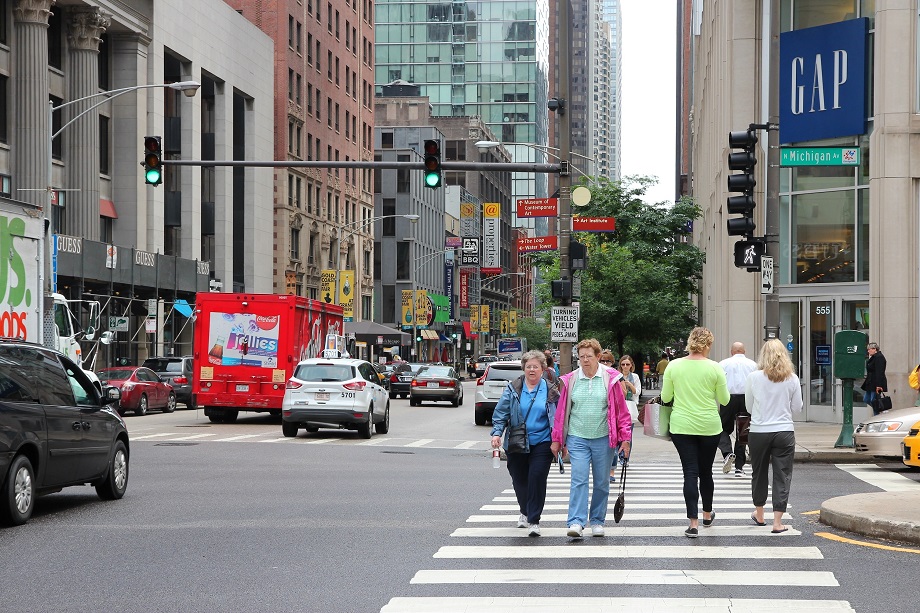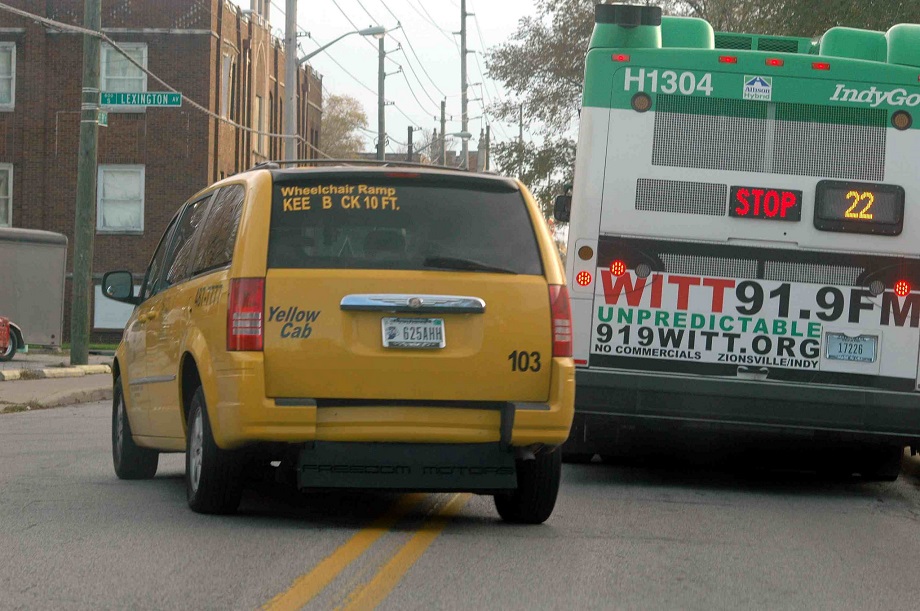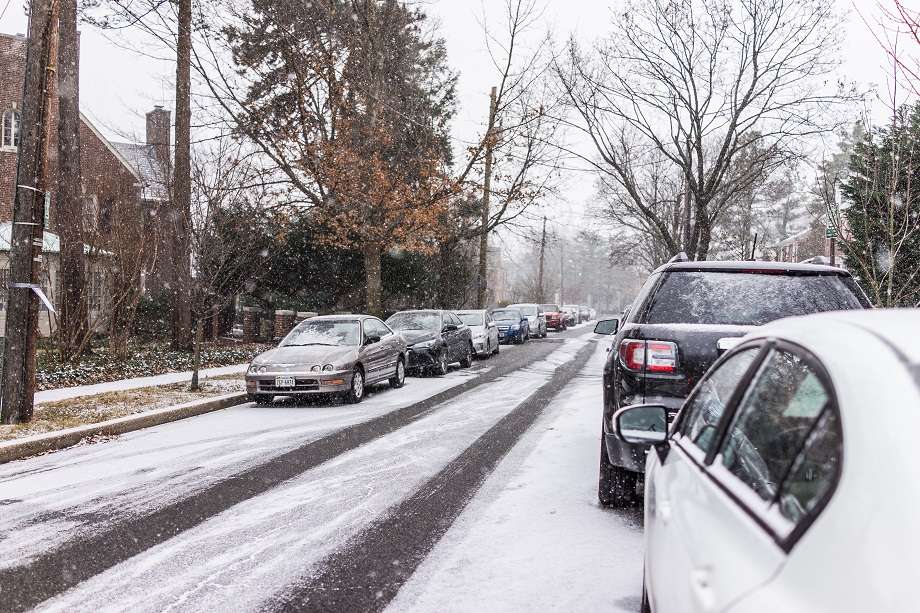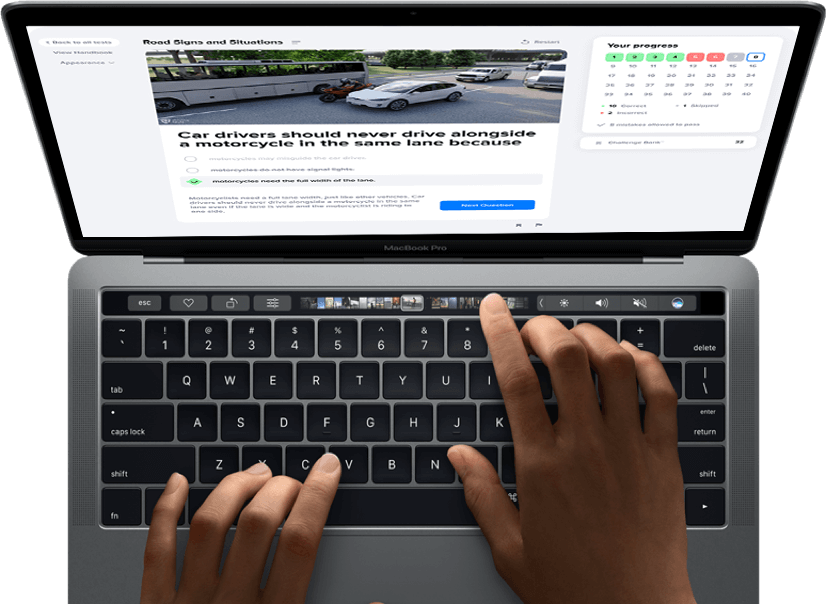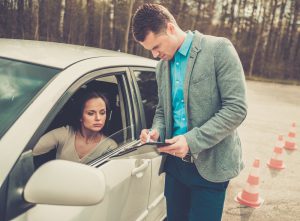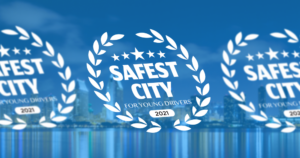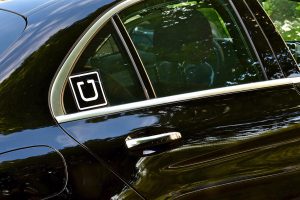Driving in large metropolitan areas presents a unique set of challenges. For drivers who are not used to the busy streets and slower pace of city driving, the experience can be quite frustrating. Here are several tips that can help make driving on city streets a little easier.
Learn How to Drive in Large Cities
- 1
Understand that city drivers encounter traffic jams, bumper-to-bumper traffic, and herds of pedestrians and cyclists on a daily basis. If you are unfamiliar with city driving, it is important to understand that the other motorists surrounding your car might not be as cautious or concerned as you are.
- 2
If possible, avoid driving in cities during rush hour. Typically, rush hour traffic is at its peak during the hours of 7:00 a.m. and 9:00 a.m. and 4:00 p.m. and 6:00 p.m. Try to stay off of metropolitan roadways during these times unless it is absolutely necessary. Rush hour traffic not only increases the time it will take to reach your destination, it will also subject you to a higher chance of an accident, more frustration, and the wrath of city drivers who encounter all of the time.
Be warned, that an afternoon rush hour is also possible in some places like the New York City area, where it begins as early as 3 p.m.![rush hour traffic]()
- 3
Stay in the right lane. Whether you are driving on a busy metropolitan expressway or a downtown avenue, staying in the right lane will put you in the company of slower, more cautious drivers.
- 4
Watch out for crosswalks. Crosswalks are much more common in metropolitan areas, particularly in city centers. Remember that pedestrians always have the right of way on a cross walk.
Always check both sides of the curb before proceeding![pedestrians]()
- 5
Depending on which city you are driving in, you may encounter a large amount of cyclists. Bicycles are a common way for residents of large cities to travel without having to navigate a car on busy streets. Although cyclists are supposed to obey the same traffic laws as drivers, many do not. Keep an eye out for cyclists and always maintain a safe distance from them. Also be aware that many cities have specific bicycle lanes to the far right of their streets. Never steer your vehicle into these lanes for any reason.
- 6
Taxis are common obstacles in large cities. In an effort to respond to someone hailing a cab, taxi drivers often make sudden swerves to the edges of roadways. Keep a safe distance from taxis. Watch out for passengers entering and exiting taxis parked on the side of the road.
Taxi cab drivers are prone to making risky decisions that can be dangerous for other drivers (Garrett)![taxi cab]()
- 7
When stopped at a traffic light, be aware that pedestrians have been given a walk signal and will be hurrying across the street while your light is red. Some pedestrians may be slower than the walk signal or may attempt to cross the street even though the don’t walk signal has been employed. Always look both ways for pedestrians before going after the light has turned green. Never drive around a person walking across the street, even if they are jaywalking.
- 8
Many metropolitan roadways have parallel parks on both edges. As a driver, you must take precautions to avoid vehicles being parked and people entering and exiting their parallel parked vehicles.
You should be even more careful in winter as drivers exiting their cars can slip on a snowy road and get under your wheels![parallel parked]()
- 9
Remain calm. Large metropolitan areas are notorious for stressful situations that cause road rage. Take your time, pay attention, and employ a passenger as a navigator.
These are American cities with the worst traffic. Check if the city you are traveling to made the list:
Whether you are visiting a large city for a family vacation or must drive to an appointment at a downtown office building, navigating metropolitan roadways requires a heightened sense of awareness and the ability to remain calm enough to focus on the task of driving.

